Chairman, Institute for Urban Strategies, The Mori Memorial Foundation
Director, Academyhills
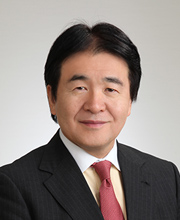
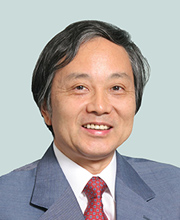
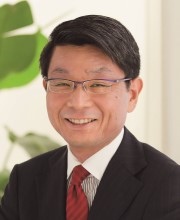
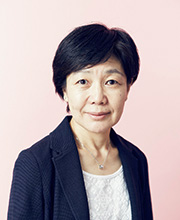
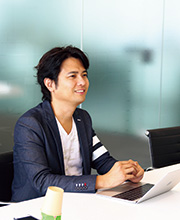
During this wrap-up session, we will hear reports from each of the facilitators of the four brainstorming sessions on the topics of “Future Living”, “Future Work”, “Future Mobility”, and “Future Entertainment”, to learn in which points the participants reached a consensus on the future of Tokyo and where more discussion is needed.
Our discussions on designing an image of Tokyo living 20 years from now was premised on the likelihood that we would be free of the various restrictions that currently dictate our lives. For example, gaining release from time and spatial constraints would have a considerable impact on when and where we work. In turn, this would transform our lifestyles. Moreover, the advancements in technology would break down the language barriers that the Japanese people struggle with, while changing values would eliminate the boundaries between work and play. We also engaged in a compelling discussion about what people might do under such circumstances and what it is that people are really pursuing. We concluded that the lives of people in 20 years time will be varied but co-existing, and that a framework incorporating such diversity on a society-wide level will need to be formulated.
As for how people will work in the future, the skills and know-how of individuals will be directly reflected in community and social projects rather than being tied to any single corporation. The future will also see technology provide us with a greater degree of freedom in terms of time and space, which means people will not necessarily need to be in Tokyo – they might be living in Singapore or London. Or maybe people living in Tokyo will freely choose to move to these cities at anytime throughout the year. This is just another aspect of diverse living. At that time in the future, if we are to bring the uniqueness of Tokyo into full play, we must not model ourselves on other cities, but rather, we should sharply define what makes Tokyo the city that it is and thoroughly embrace innovation to create a unique Tokyo that stands out among diverse cities.
In response to the question of whether the work of humans will be replaced by artificial intelligence (AI) and robots, we came to the conclusion that linear or continuous work will be replaced, but non-linear or discontinuous work will most likely remain. We also think that just as the industrial revolution brought about revolutionary changes for blue-collar workers, AI and robots will significantly transform the working lives of white-collar workers. Furthermore, the current employment classifications of regular workers and irregular workers will become obsolete and a new category of workers similar to irregular employees but somewhat different from freelancers will most likely emerge. Relationships between companies and individuals will become more diverse with the former continuing to exist for the main purpose of raising and holding capital. At the same time, individuals will become more empowered. We just heard the keyword of “diversity” being used to describe living styles in the future.
In our breakout session, the keyword of “scarcity” was raised to describe labor in the future. Greater value will be placed on scarce labor services, which will be compensated at much higher cost. That said, the significance of scarcity will gradually change over time together with shifts in society, so the more scarce forms of labor in the society of that time will remain. We also discussed the more fundamental issue of why people work. Up until now, people have worked to obtain monetary wealth, but we think having a wealth of empathy or simply being thanked for one’s services will constitute the basis of labor in the future. In an age of ever-increasing life expectancy, unless people have plentiful options on how they can make a living, they probably won’t survive under the current concepts of labor and the marketplace.
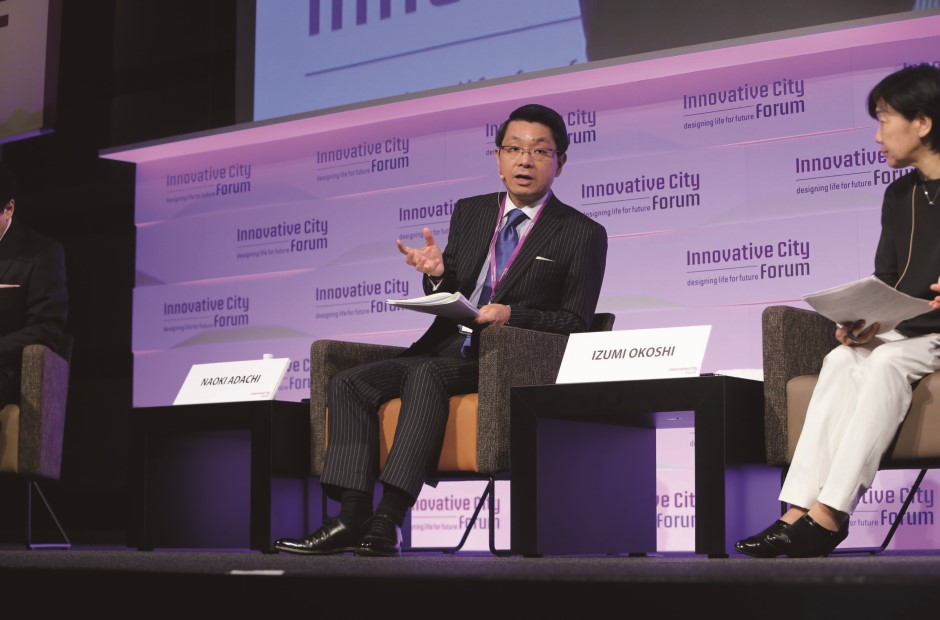
With regard to the development of autonomous vehicles, there is a need to clarify areas of cooperation and areas of competition. In Europe and the US, companies are developing their technology by collaborating with each other on maps and communications much more than their Japanese counterparts. One of the most notable changes that self-driving cars will bring to city life will be a drastic reduction in transport costs. Subsequently, we can expect many people to start commuting through personal mobility, instead of train. But there will be no traffic jams because everyone’s destination will differ and the actual movement of the car will be controlled according to the transport network. We also envisage an easing of rush hour traffic given that the way people work will have changed and more people will be travelling to work at different times.
In the future, communication will be much easier thanks to advancements in technology but people will always be on the move. And face-to-face dialogue will also never disappear. However, considering that the need for and importance of such meetings will dwindle and the cost of transport will be cheaper thanks to autonomous vehicles, it is also possible that companies and organizations will see little need for concentrating their operations in Tokyo and thus they may relocate their offices to regional areas. Moreover, today’s environment is characterized by the movement of goods rather than the movement of people. In this sense, a lot of progress in autonomous vehicles will probably be made in the field of logistics.
Multiple forms of entertainment exist in the city today. In light of this, we focused our discussions on the types of entertainment that we expect will be transformed through technological innovation. One key point to come out of the session was just how close can the interaction between the virtual and real worlds get? In what way will entertainment change people’s feelings, and how will it transform the city? The biggest theme of our discussions was the “live” effect. However, the time it takes for technological innovation to develop, the time it takes for the city to change, and the time it takes for people’s senses to change, are all different. Right now, the timeline on technological innovation is way out in front but the impacts on the city will not be felt unless we have the right structures and systems in place. At the same time, we have to consider how to adjust them to the speed of change in people’s thinking. As we discuss the possibility of creating urban space that integrates various new forms of entertainment, we must consider how entertainment can change the contents and form of a city.
Invention and innovation are two different concepts. An invention is something in which the potential of technology has been realized, but it is only innovative if it has a real impact on our lives. The challenge in sparking innovation is how to overcome the barrier-like social systems that we come up against in various fields. Japan gives rise to a lot of inventions in science and technology but it lacks the systems and structures that facilitate the process of utilizing and entrenching such inventions in society. Japan must now work out how to conquer these problems. I truly hope that today’s discussions on Tokyo’s future will at least serve as a useful reference for everyone concerned.